F1.1 Identify the various Canadian coins up to 50¢ and coins and bills up to $50, and compare their values.
Skill: Identifying Canadian Coins and Bills up to $50
In order to identify Canadian coins, students must be able to describe them using different attributes, such as size, shape, colour, image, and texture. The student should be able to use the correct vocabulary when describing the attributes, without needing to use the exact or precise term. For example, the student describes the picture on the 10¢ coin as a boat, and does not need to use the term Bluenose in order to be assessed for their ability to describe coins.
For bills up to $50, students should be able to describe them using the different attributes including colour, image, and symbol.
Skill: Comparing the Value of Coins and Bills up to $50
The ability to determine the correspondence between the abstract concept of value and its concrete representation in the form of coins and bills is an important skill. The value of money is an abstract concept for Primary Division students.
By comparing the value of Canadian coins and bills, students learn and apply key counting concepts in a real-life setting.
You may notice that students compare coins by size rather than value. In order to properly represent the value of coins, teachers can use proportional models. These models simplify the teaching of monetary value by representing them in a concrete way.
Representing coins with interlocking cubes first, then with a 50s chart, allows students to create a mental representation of these values.

An example of the true relationship between the value of a 25¢ coin and the value of a 5¢ coin is visually represented, as the 25¢
model is five times larger than the 5¢ model.

We can represent the value of bills in the same way, when the 50s chart represents $50.
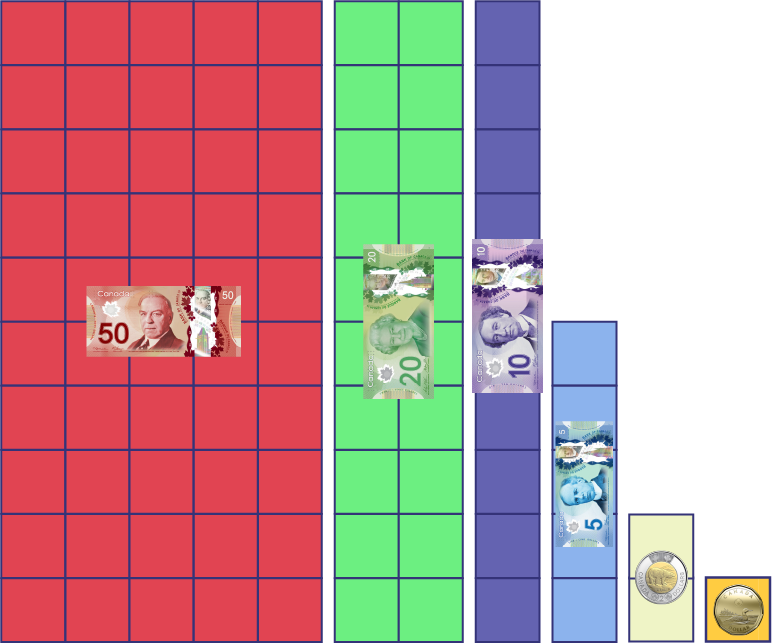
A block of 50 red squares represents a 50-dollar bill. A block of 20 green squares represents a 20-dollar bill. A block of ten blue squares represents a ten-dollar bill. A block of 5 squares represents a 5-dollar bill. A block of 2 pale yellow squares represents a 2-dollar coin. A yellow square represents a one dollar coin.
An example of the relationship between the value of a $5 bill and the value of a $20 bill is visually represented, as the $20 model
is four times larger than the $5 model.

The following key concepts of counting are important for understanding the concept of value.
- Benchmarks of 5 and 10: Students deepen their understanding of quantity by considering certain numbers in relation to 5 and 10. Remembering combinations that make 10 (for example, 6 + 4, 3 + 7, 5¢ + 5¢) or recognizing that some numbers can represent a combination of 10 and another number (for example, 13 is 10 + 3, 15¢ is 10¢ + 5¢) is helpful in developing number sense. The interlocking cube models (or the 10-square grid) allow the student to visualize the value of various coins and bills.
- Subitizing: Subitizing is the ability to recognize small quantities without having to count each of the objects. Activities
designed to develop this skill in relation to coins or bills (for example, using blocks or the blank hundreds chart) help
students develop mental and proportional representations of quantities associated with different coins and bills.
Source: adapted and translated from Guide d’enseignement efficace des mathématiques, de la 1re à la 3e année, Numération et sens du nombre, p. 46-47.
Making connections between coin values and bill values allows students to compare and order them.
Students develop a better understanding of the value of coins and the value of bills as they establish and use the relationships
between these values. By recognizing and understanding relationships in ordering numbers, students are able to compare
quantities using the terms more, less, or the same as. This understanding is a prerequisite for understanding the one more than
and one less than relationships. As students explore the concept of whole and parts, they develop an understanding of equality (for
example, 10¢ + 10¢ = 5¢ + 5¢ + 5¢ + 5¢ and 25¢ + 25¢ = 10¢ + 10¢ + 10¢ + 10¢ + 10¢ or $5 + $5 = $10 and $20 = $5 + $5 + $5 + $5). Later in the grades, students continue to explore this concept to make connections between a fraction and a part of a whole or set (for example, 25¢ is one fourth of $1 and 5¢ is one half of 10¢ or $5 is one fourth of $20 and $50 is one half of $100).
Source: adapted and translated from Guide d’enseignement efficace des mathématiques, de la 1re à la 3e année, Numération et sens du nombre, p. 61.
With visual and proportional representations of the value of coins and bills, these relationships are obvious. By practicing ordering coins and bills using concrete, visual, and proportional representations, students think about the relationships between different values.
Knowledge: Canadian Coins
Current Canadian Coins
|
Name of the Coin |
Description |
Photo |
|
Nickel – worth 5¢ |
|
 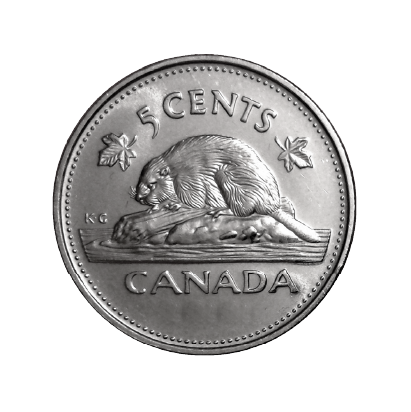 |
|
Dime – worth 10¢ |
|
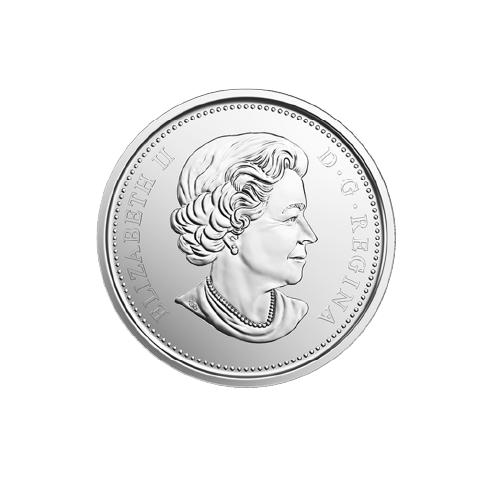 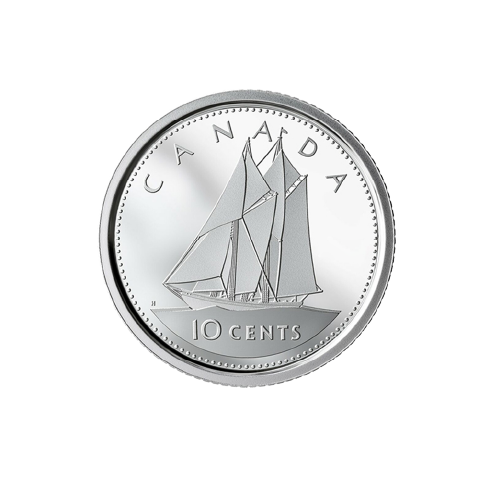 |
|
Quarter – worth 25¢ |
|
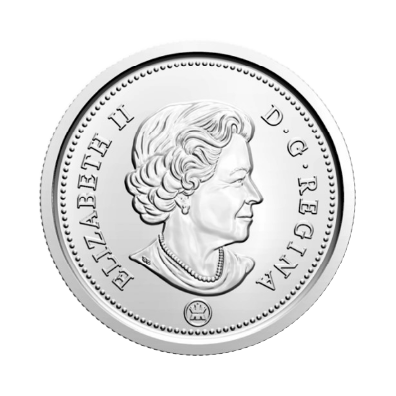 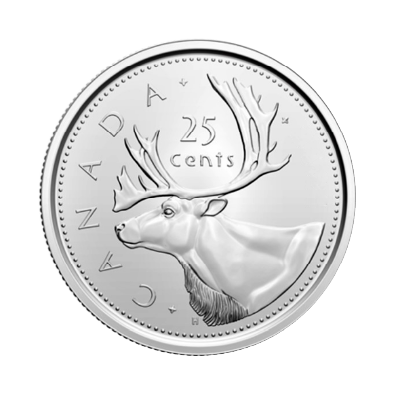 |
|
Loonie – worth $1 |
|
 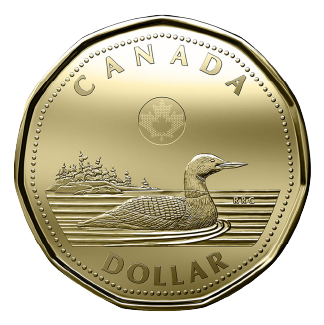 |
|
Toonie – worth $2 |
|
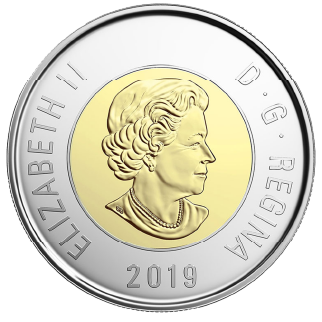 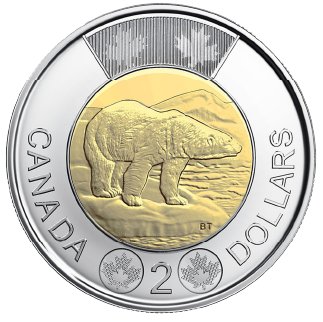 |
Rare Canadian Coins
|
Name of the Coin |
Description |
Photo |
|
50 cent coin |
|
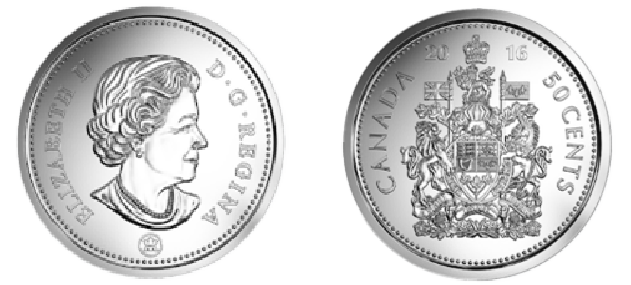 |
|
Silver one dollar coin (limited use) |
|
 |
|
One cent coin (no longer issued) |
|
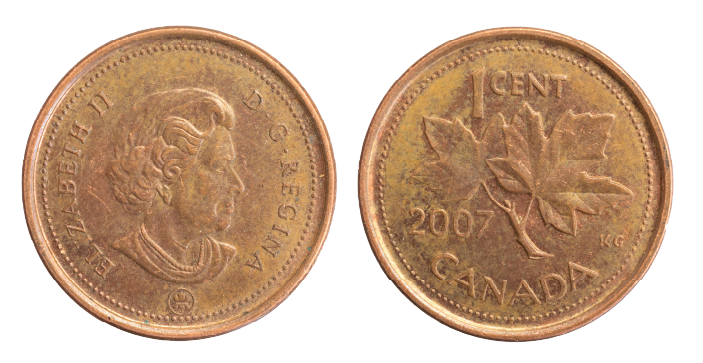 |
Knowledge: Bills up to $50
Common Canadian Bills
|
Bill Name |
Description |
Photo |
|
5 dollar bill |
|
 |
|
10 dollar bill |
|
 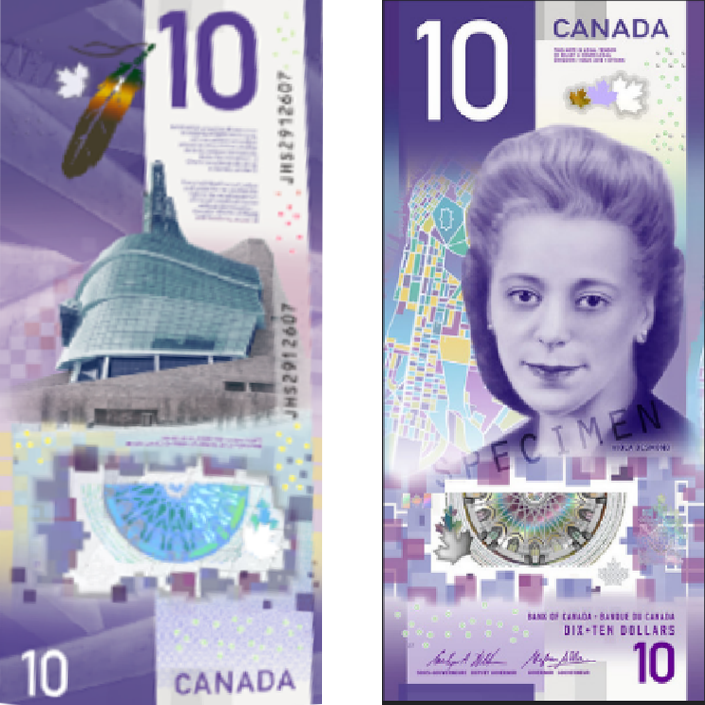 |
|
20 dollar bill |
|
 |
|
50 dollar bill |
|
 |
